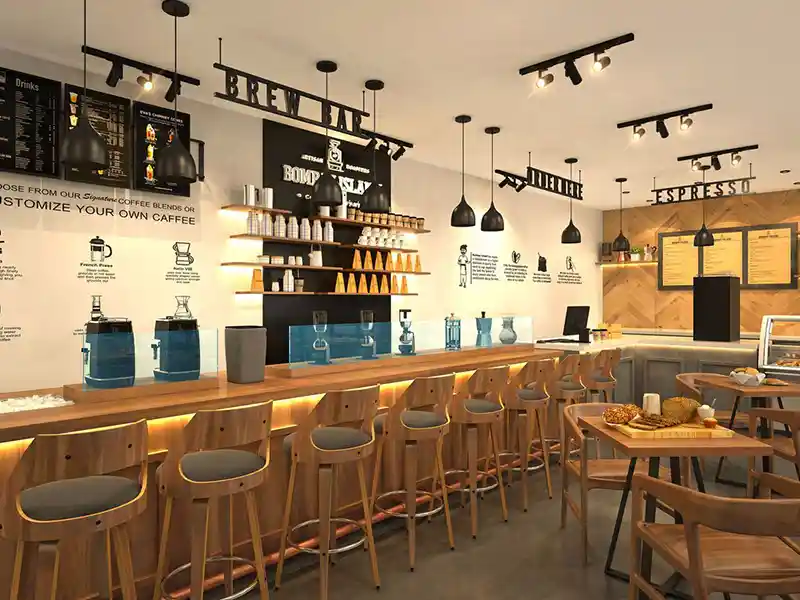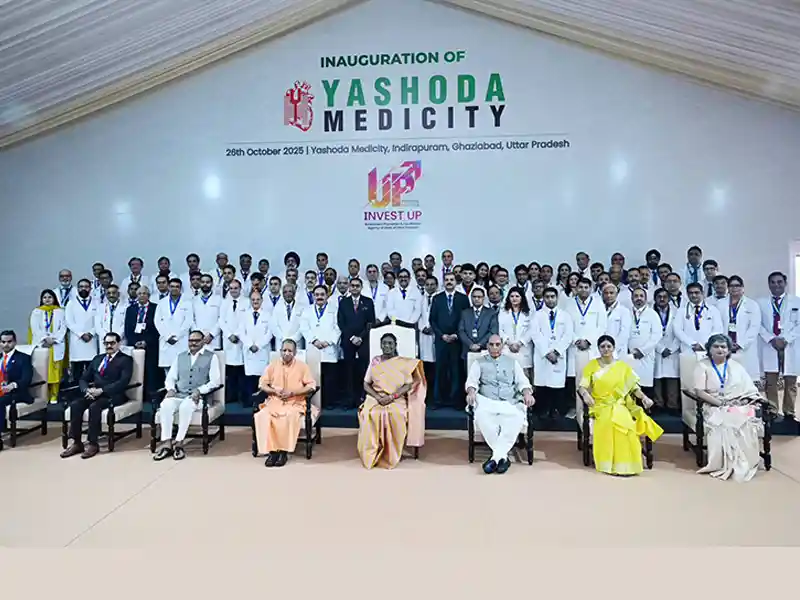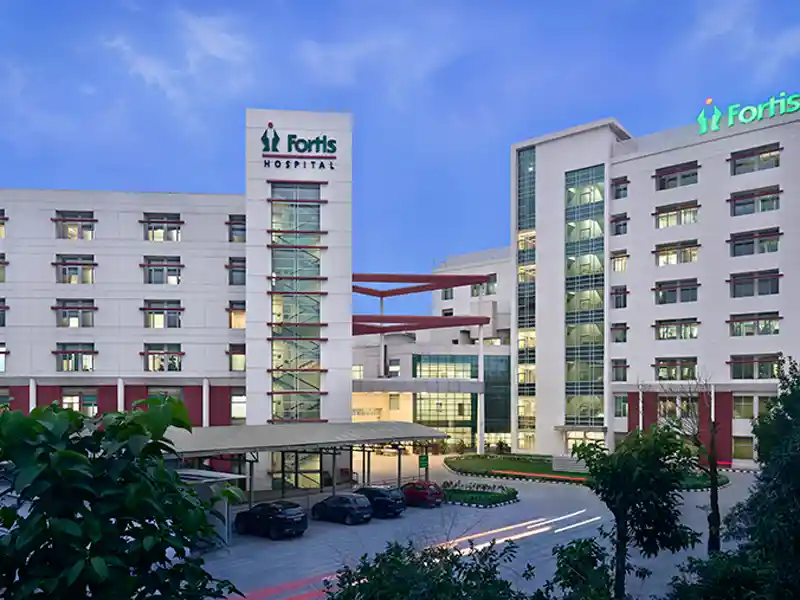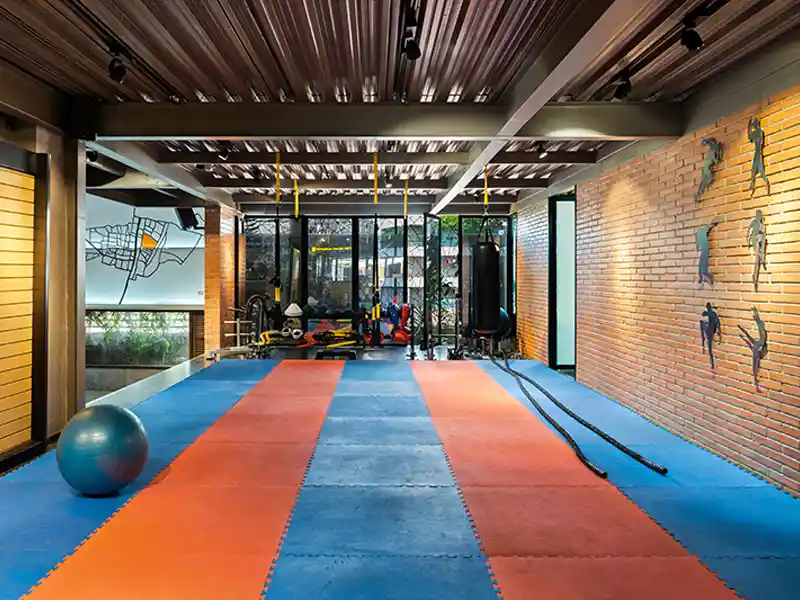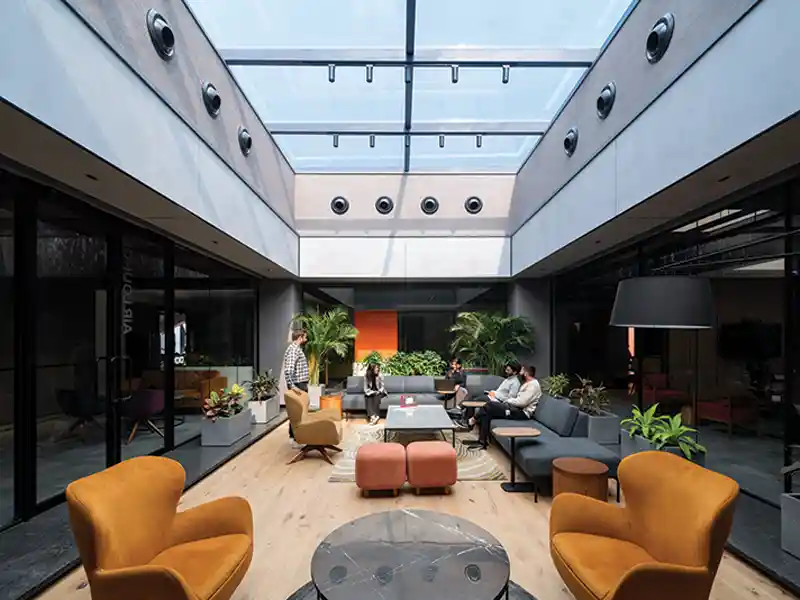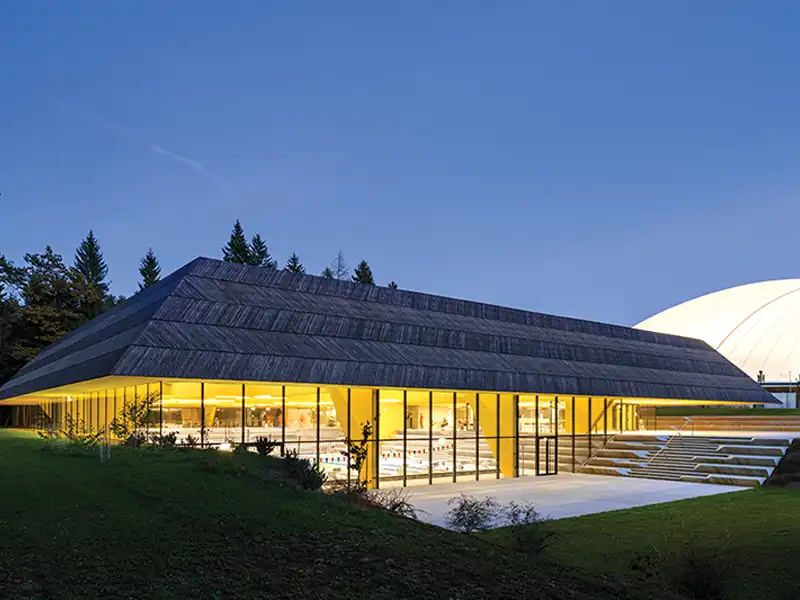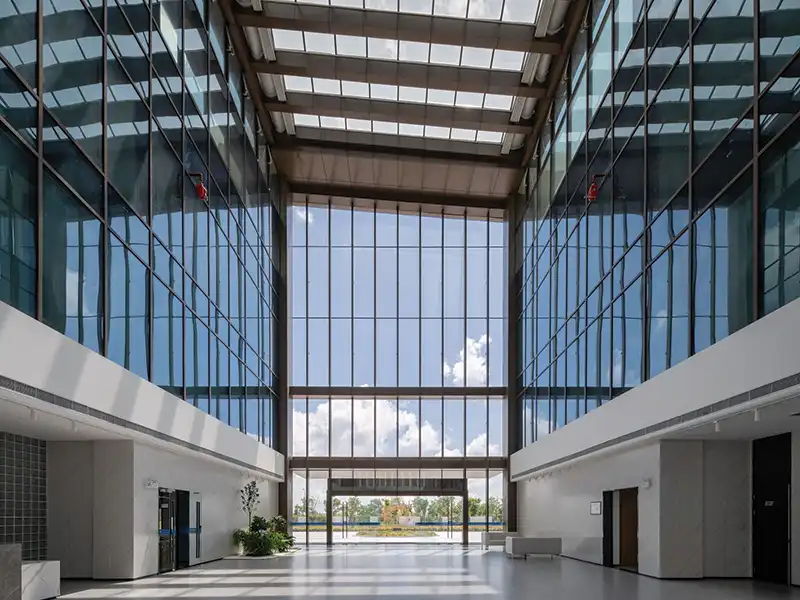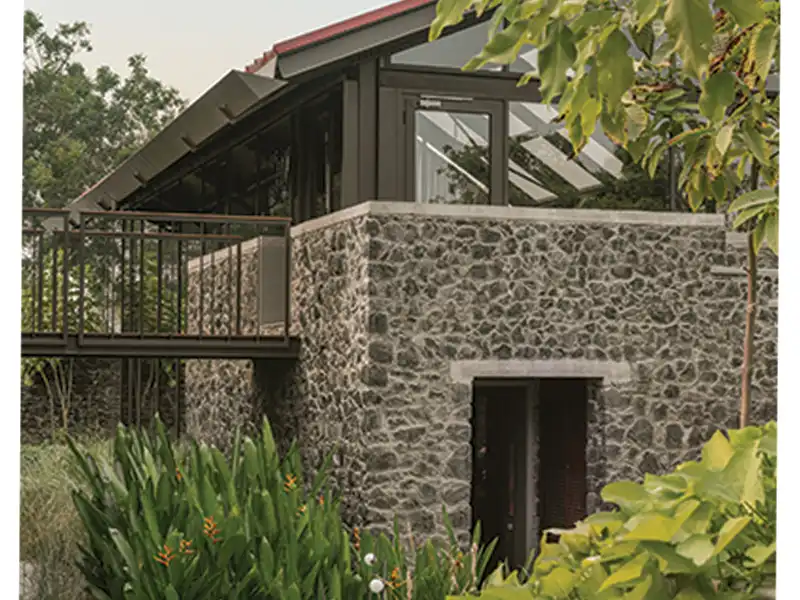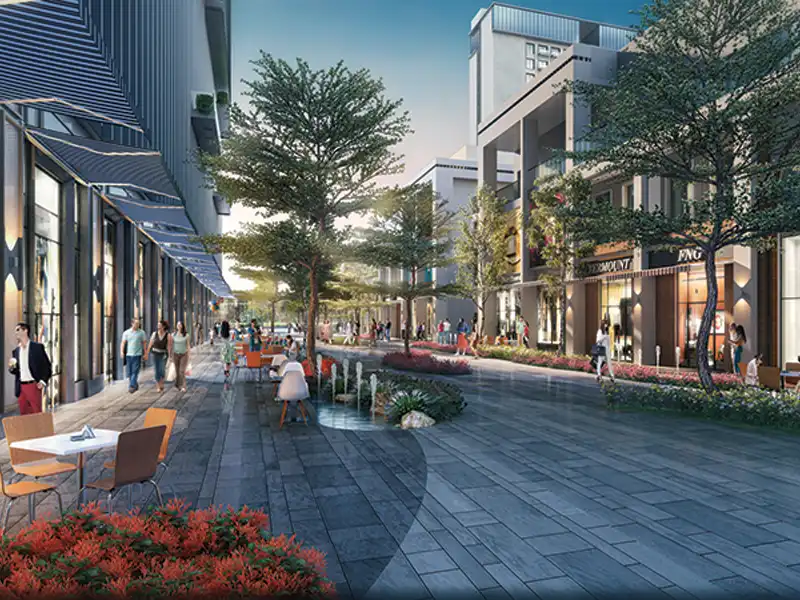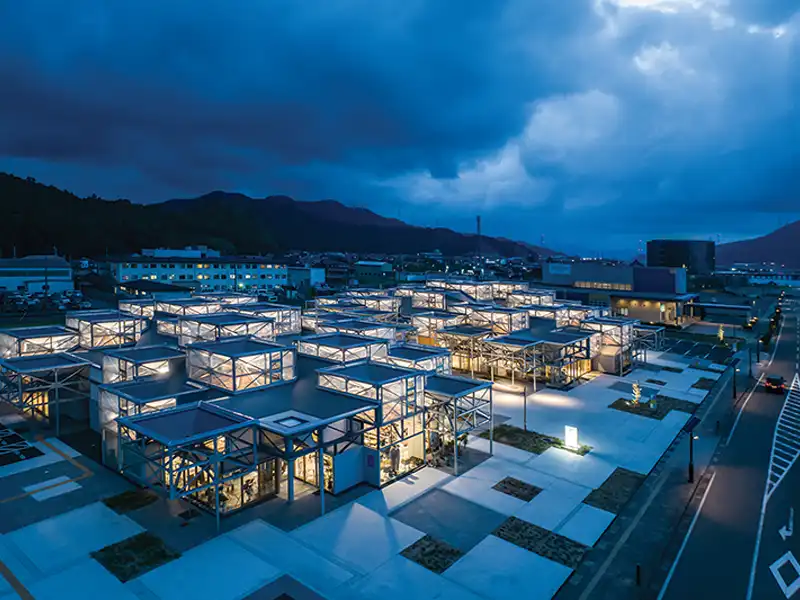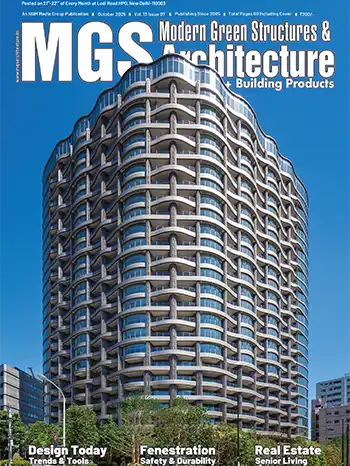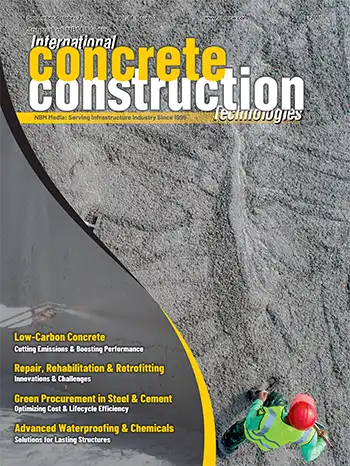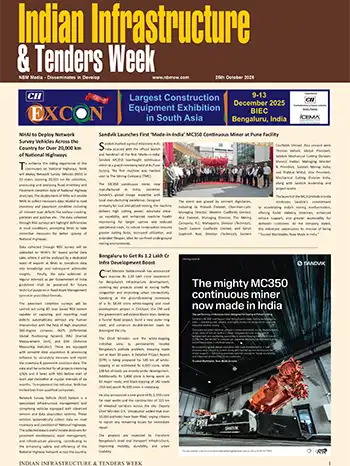
Fact File
Project Name: MaativanLocation: Wada, near Mumbai
Gross Built Area: 6000 sqft
Completion: 2023

Situated on a permaculture inspired agro tourism getaway at the boundary of the Tansa reserved forests of Wada near Mumbai, Maativan’s design revolves around existing trees, with organic and curved walls. It signifies a natural building sanctuary made of mud, to exhibit an integration of nature within the building envelope, preserving the natural vegetation. The design follows biophilic architecture design principles. Shapes, influenced by organic forms found in nature and natural light, create an immersive experience. Organic forms merging with surroundings take clues from works and philosophy of architects Nari Gandhi and Javier Senosiain.
We have attempted, through an astute amalgamation of indigenous materials, recycling methodologies, and application of region-specific vernacular construction techniques, to create Maativan as an example of contemporary sustainable construction.
Ar. Prashant Dupare

Upon entering the farmhouse, the journey commences in an open courtyard bathed in natural light. Guiding passages lead to the interconnected living and dining spaces. There are four bedrooms, courtyards, and communal areas. Each designated space has distinct natural materials, with recycled elements such as wheels and glass bottles. The interplay of light and shadow adds an ethereal quality to the environment. Use of earthy colors creates a playful vibe while contrasting with the greens.

The climatology-driven design ensures natural light and ventilation. Mud walls strategically placed towards the south reduce heat gain, while the roof’s northward slope minimizes exposure to the south, preserving the surrounding ecology.

The courtyards around the existing trees within the built spaces and passages create a naturally lit and well-ventilated space. The strategic positioning of openings enables cross ventilation, along with a low-energy mechanical ventilation technology, derived from local polyhouse farm practices. A low energy cooling system has been planned in all living spaces, which pulls in cooled air via wet cellulose pads with the help of an exhaust. Use of natural materials and traditional techniques, while avoiding energy-intensive manufacturing processes, align with environmental principles and offers effective insulation, ensuring comfort irrespective of seasonal variations.

Local labor and artisans along with vernacular ancient Indian construction techniques were employed in construction, further enriching the project with a sense of cultural authenticity.

The material palette is a curation of locally sourced materials and low embodied energy natural building materials. Wood, soil, and stone, locally harvested from the site, form the structural building elements. Wood and structural bamboo is used for the main structural members and roof. Cob walls with locally available additives and basalt stone random rubble walls are used for the load bearing walls. The cob walls are composed of a meticulously composed blend featuring soil, rice husk, hirda (myrobalan seeds) water, neem water, and starch water.

Kota stone has been used to create dancing patterns in the partitions between spaces, allowing for visual or physical separations as per the spatial requirements. The flooring is the long used traditional IPS flooring with unique colored pigments. Locally sourced bamboo with mud and lime was used for built-in furniture in this uniquely curved structure using the wattle and daub technique.

The structure is integrated with passive energy conservation design techniques along with active water management, solid waste management and solar technologies. The waste basin, bath and kitchen water is diverted into local landscaped areas. The solid waste is taken to a central pit layered with 9” soil sandwiched between two layers of broken clay tiles to help break down the solid waste with the help of organic decomposers. The kitchen waste is put into composting pits for the local herb and vegetable garden. The structure is mostly powered by solar panels, inverters and battery system since the energy requirement for the structure and equipment is not intensive.


